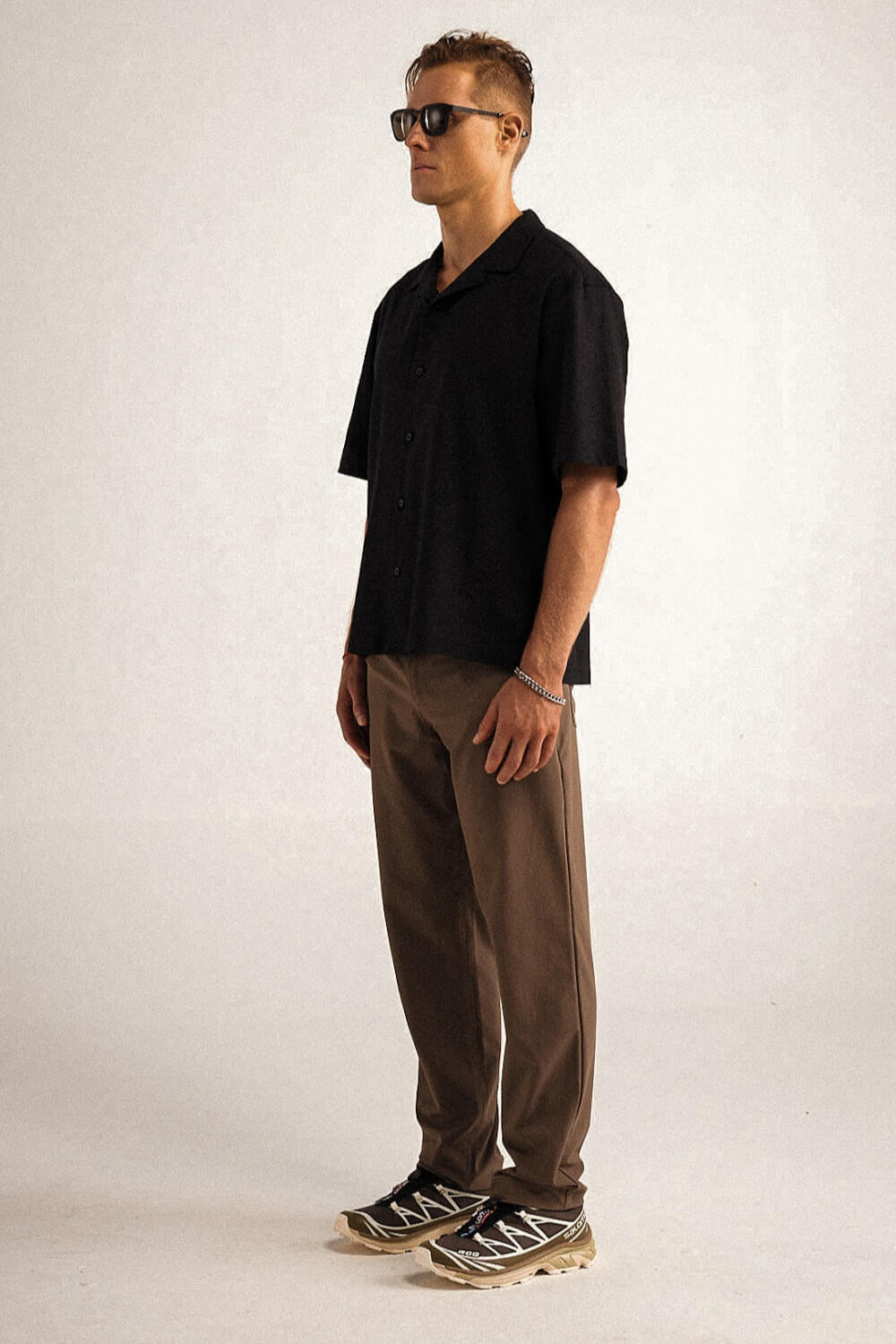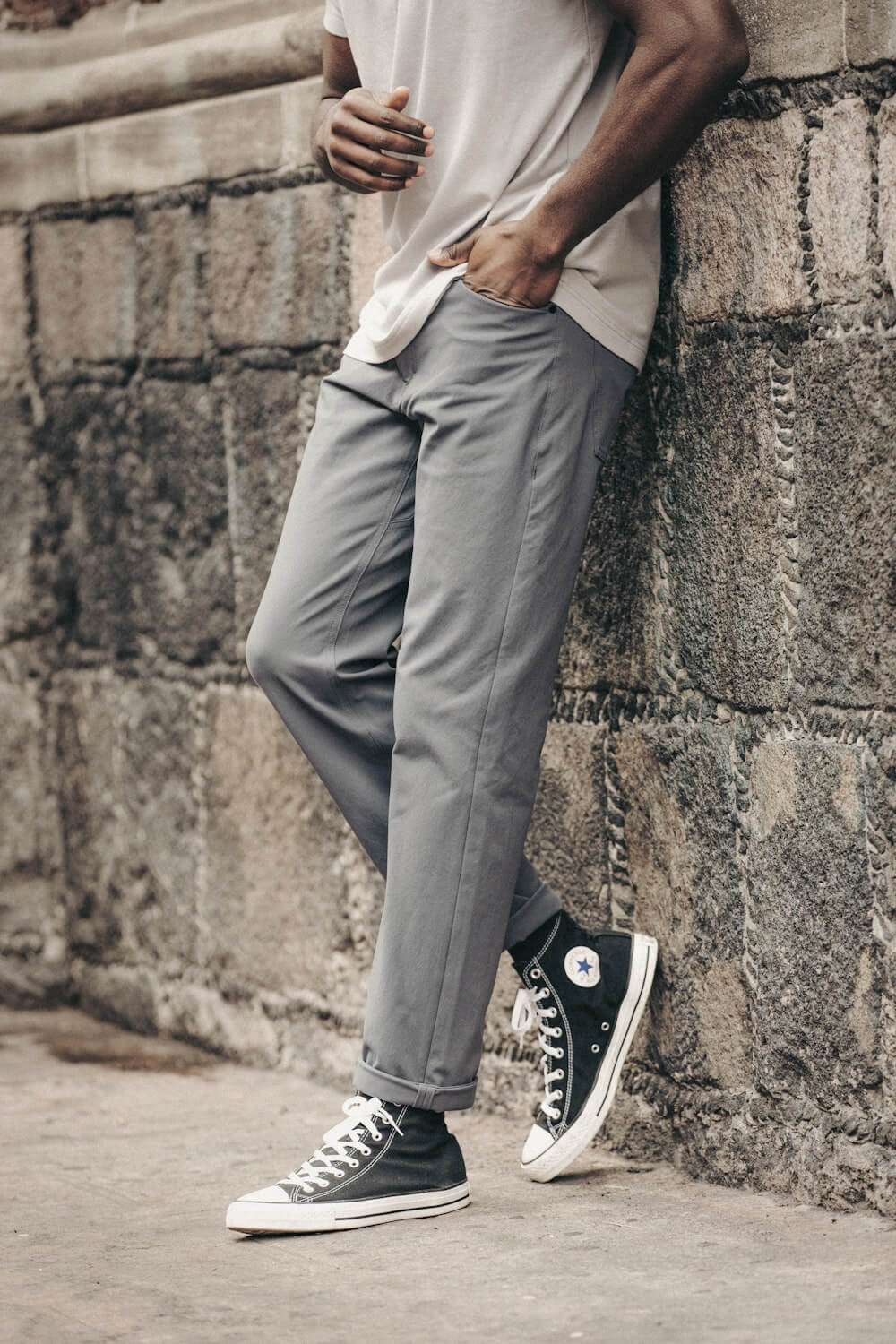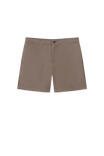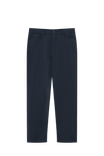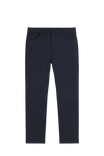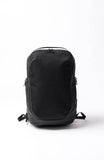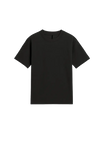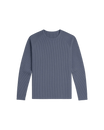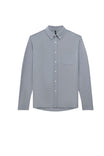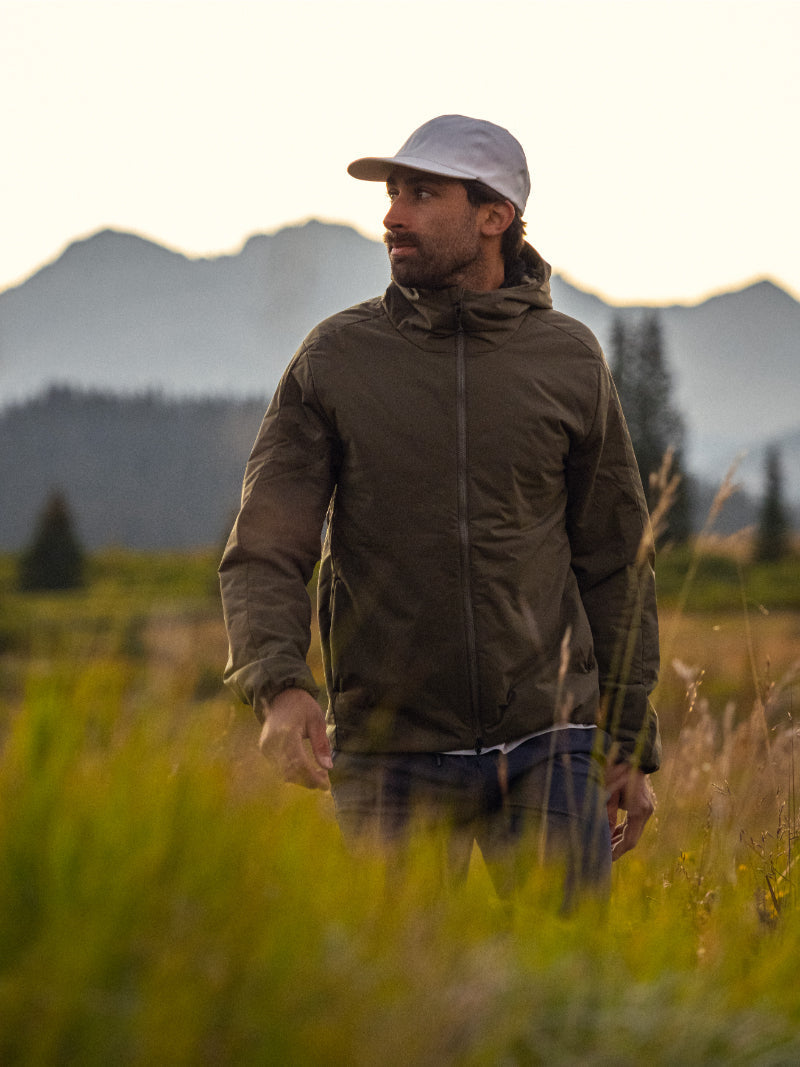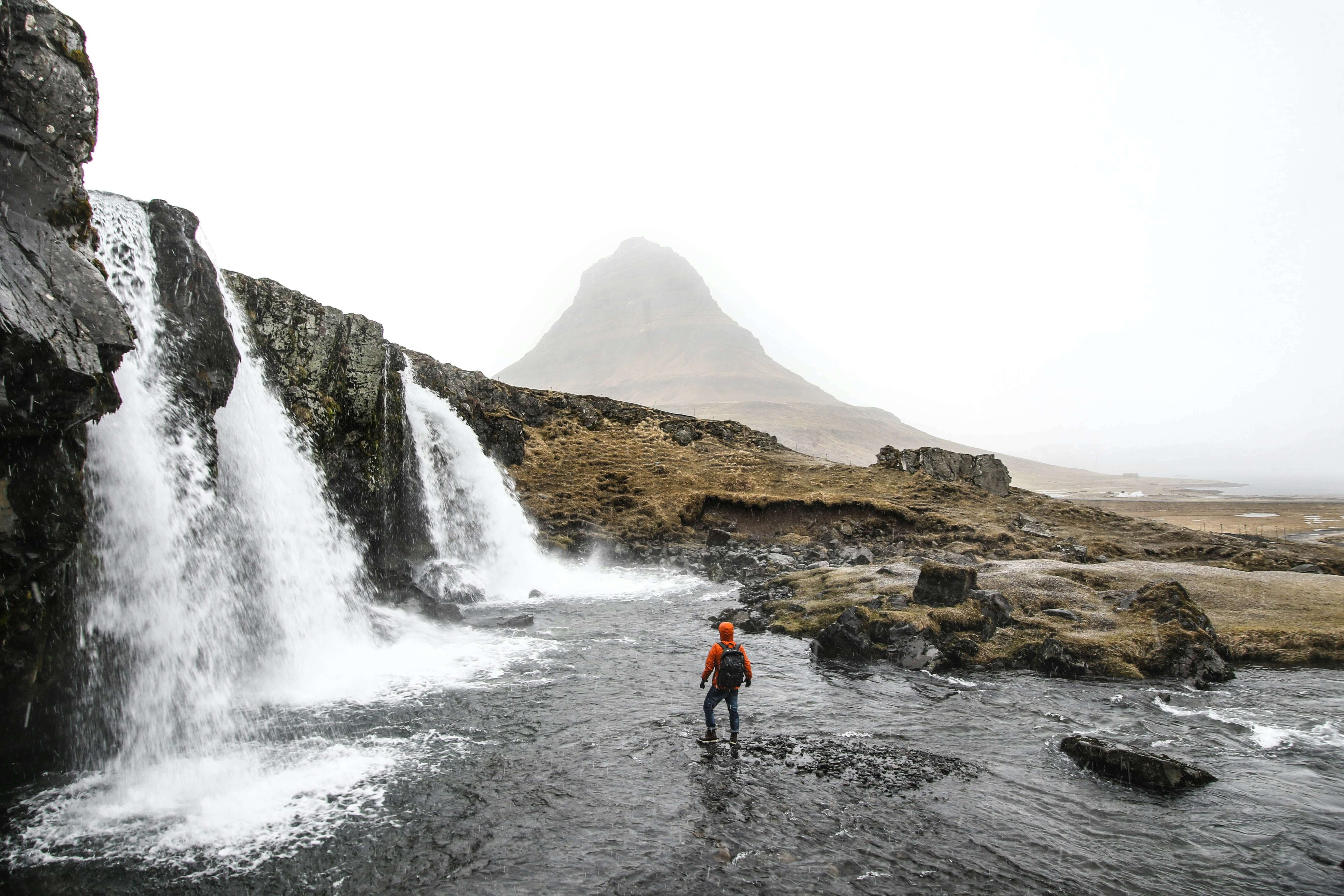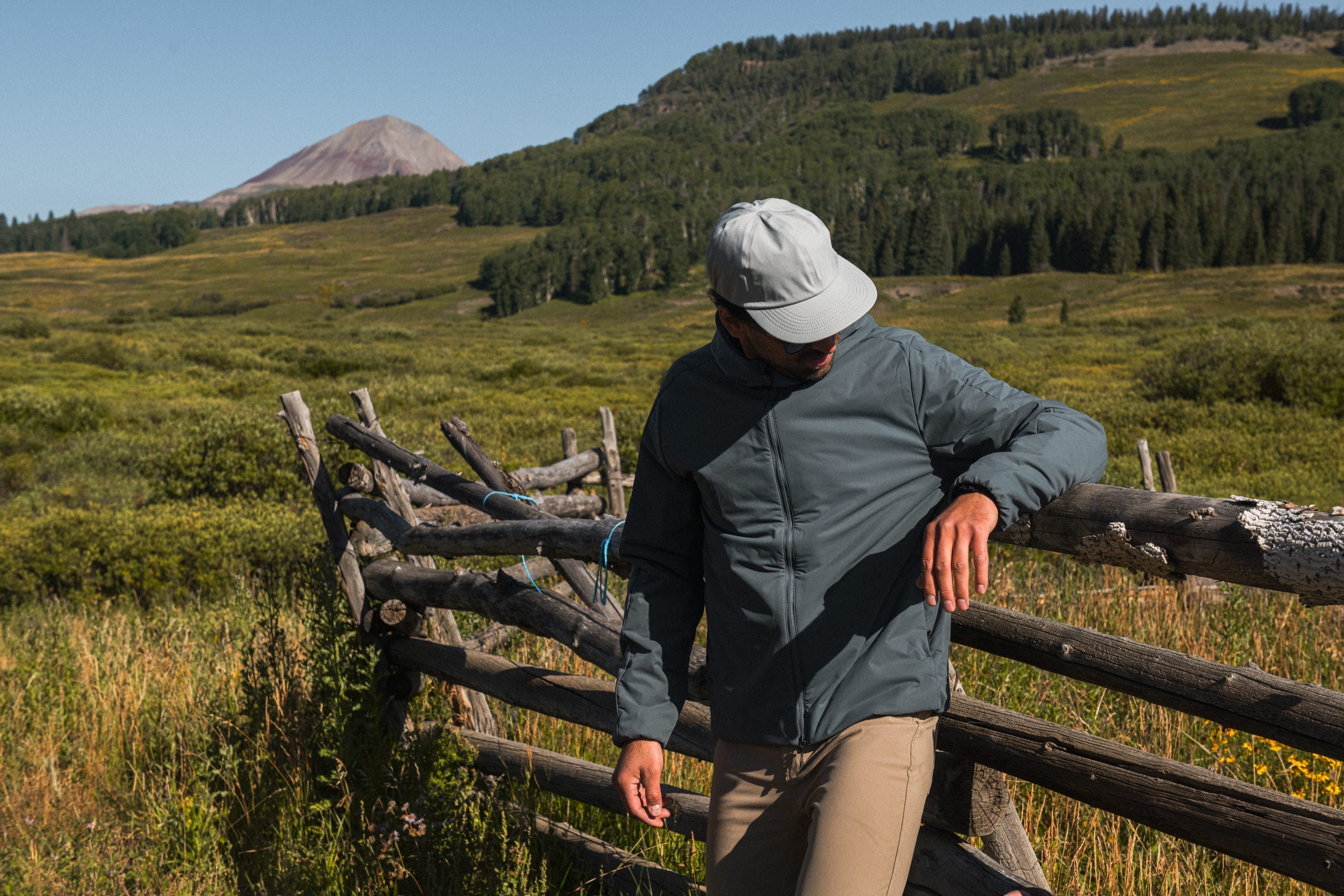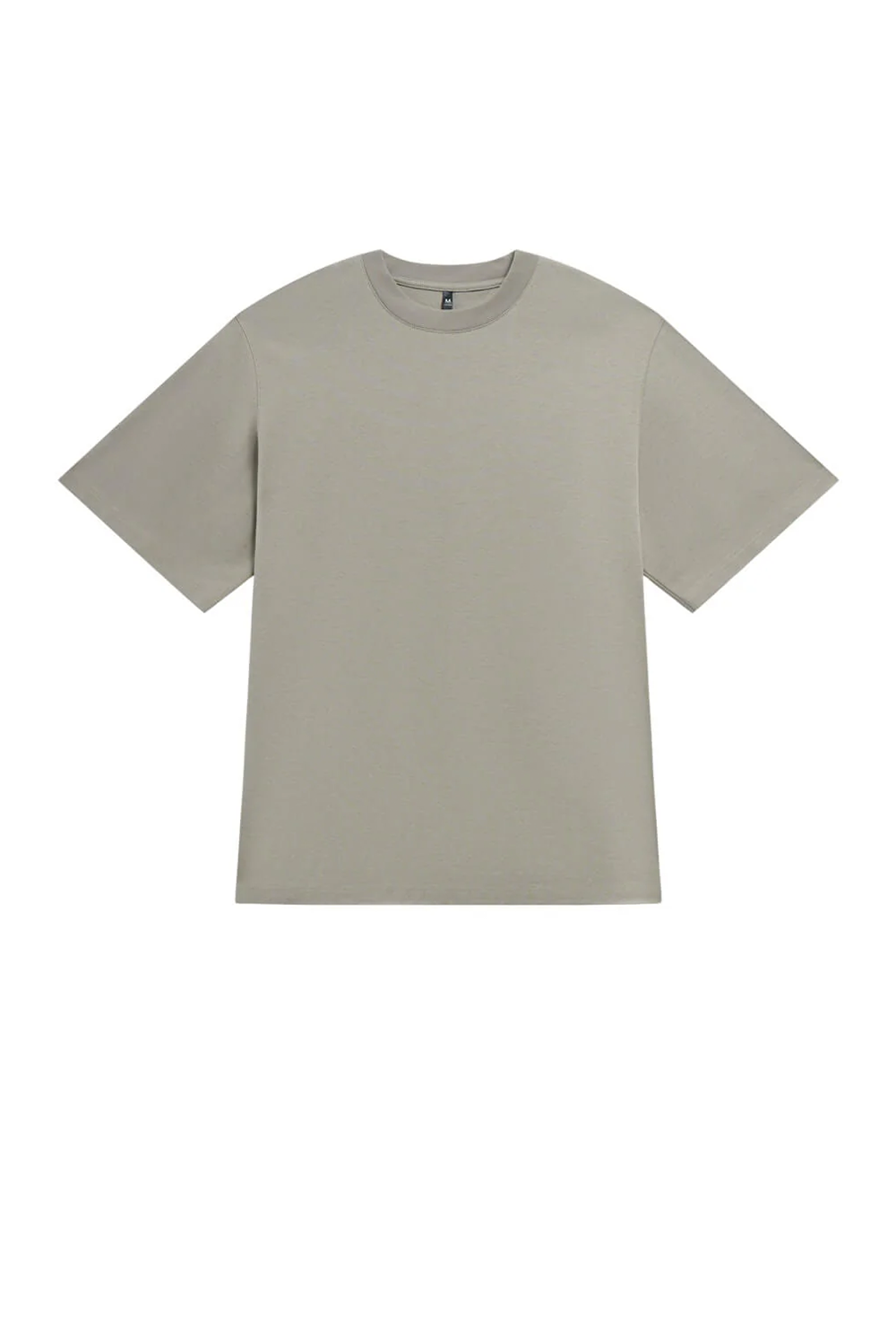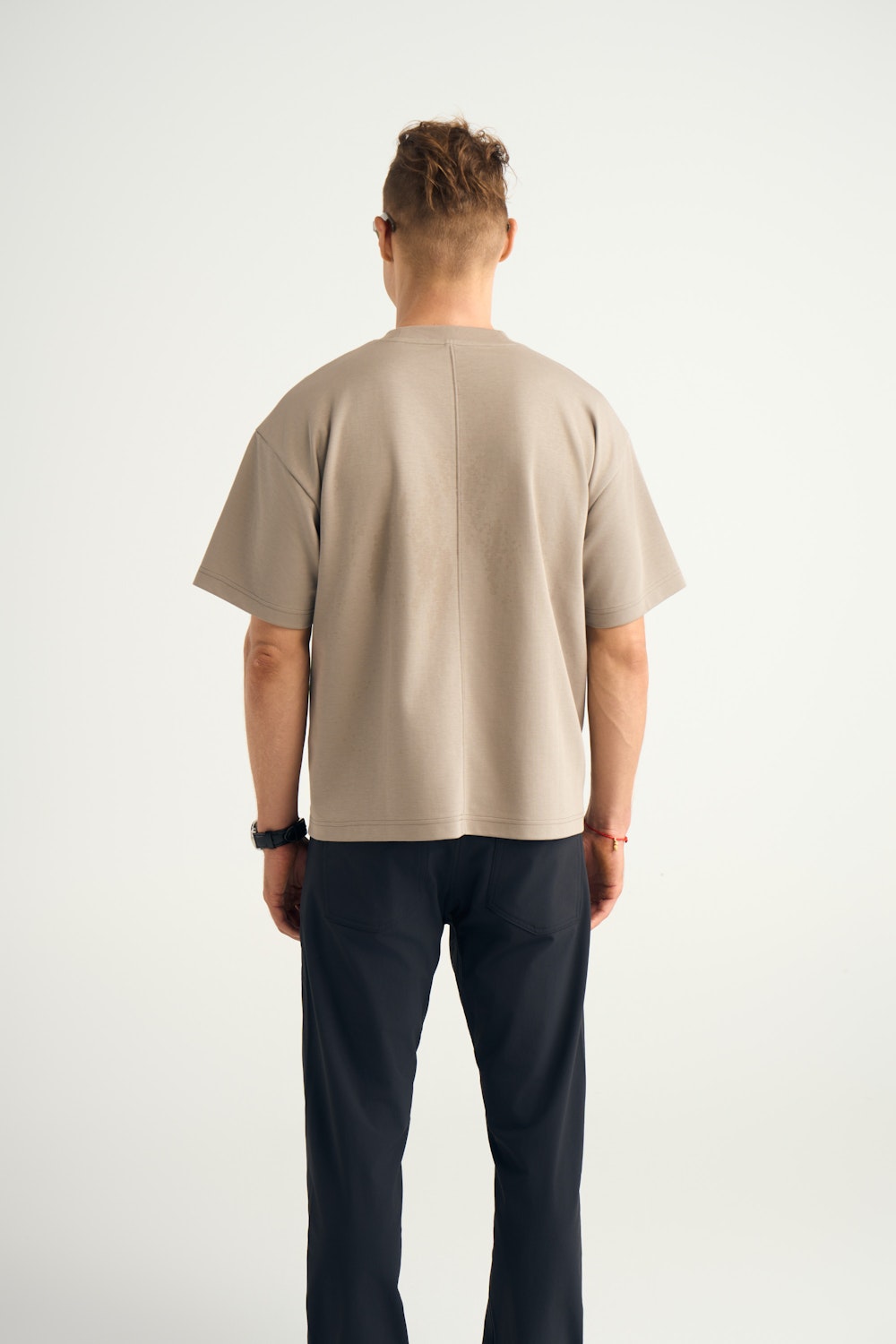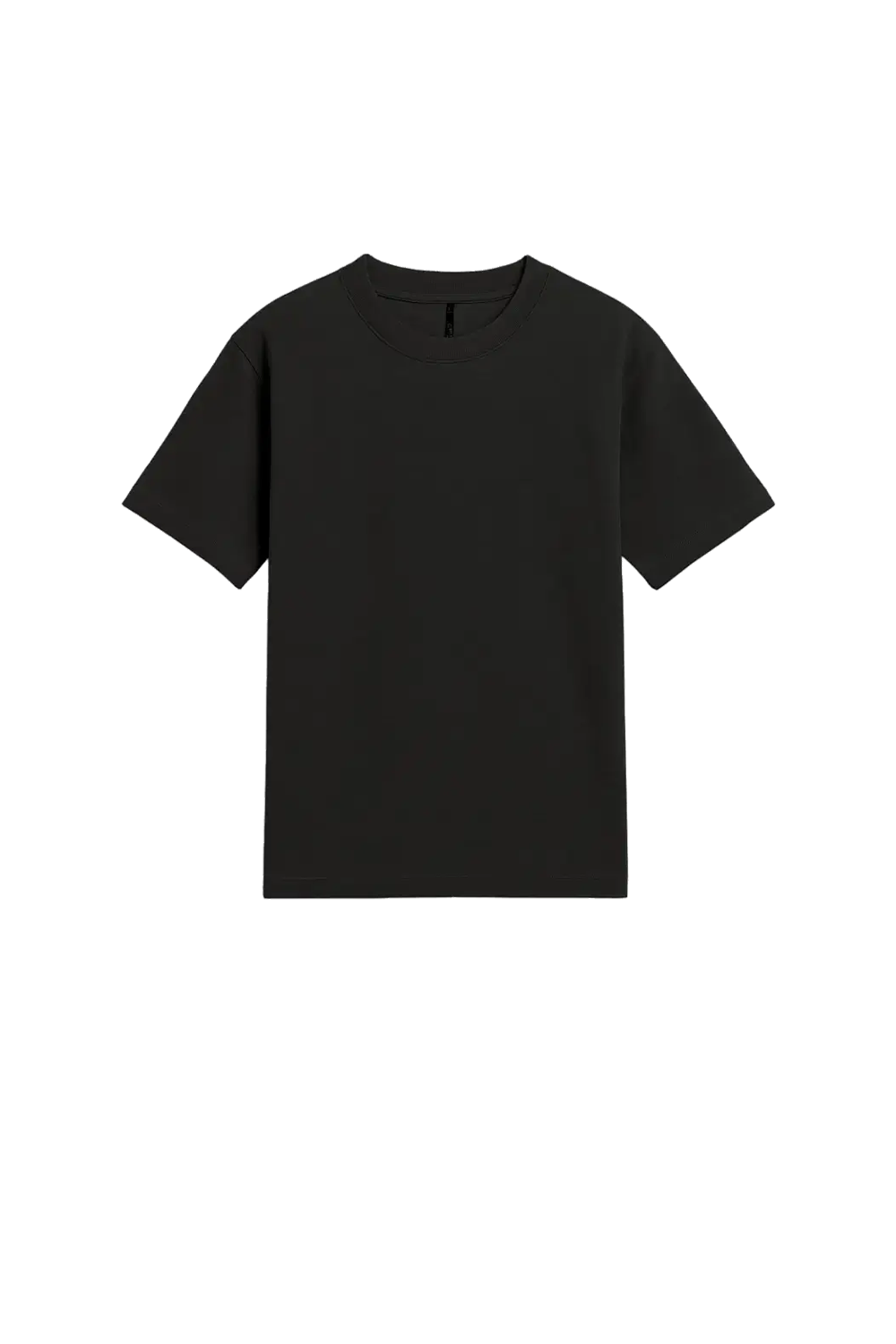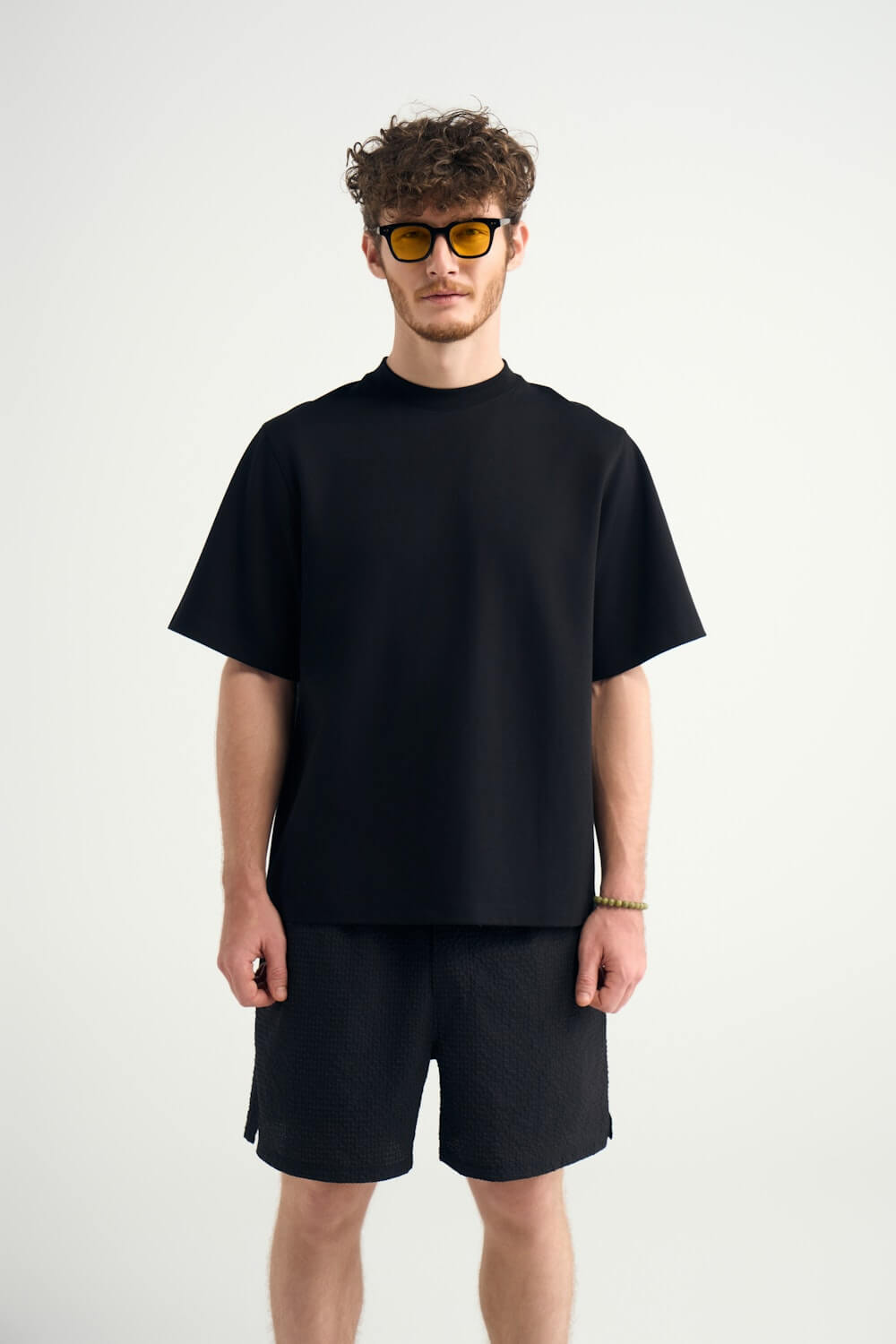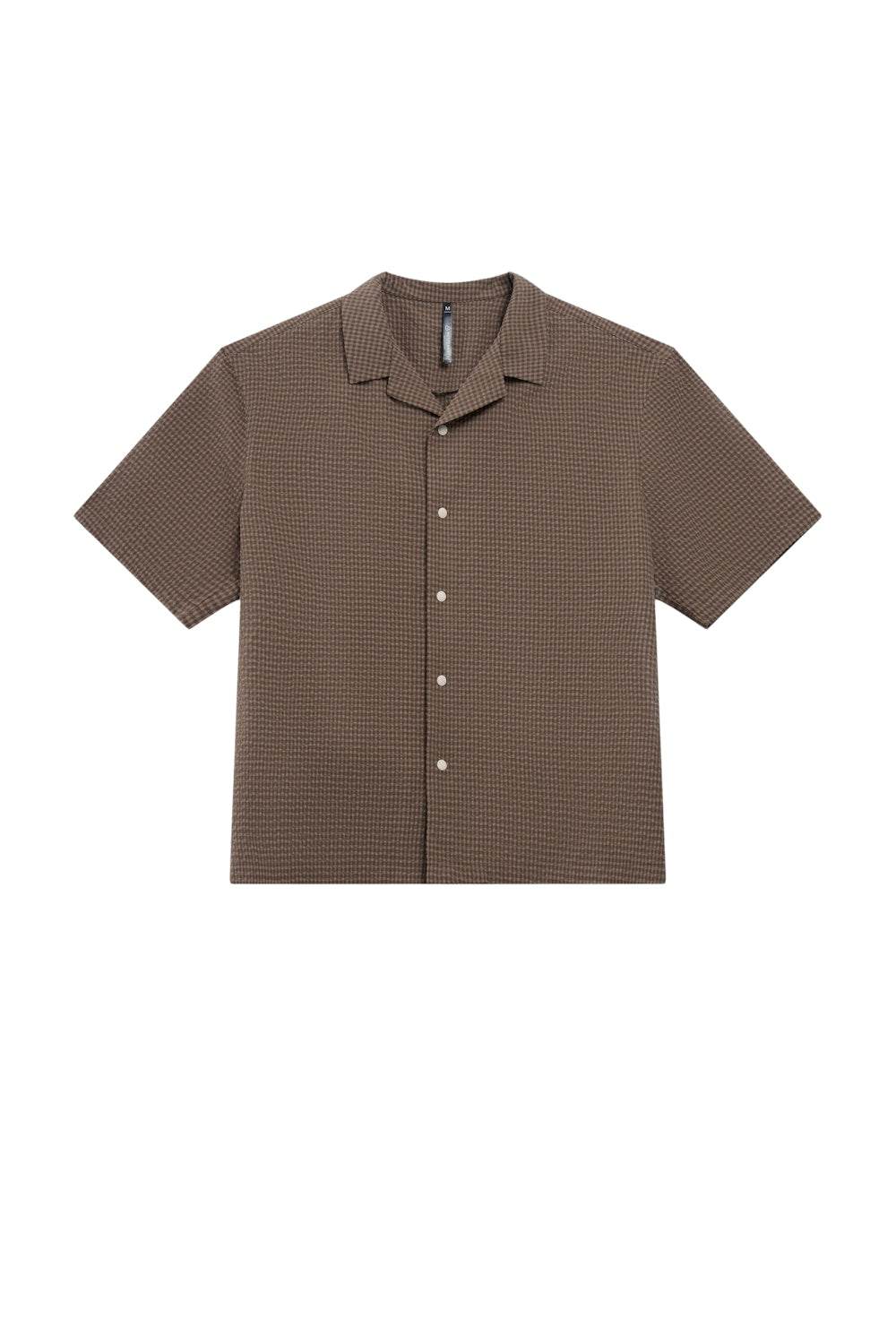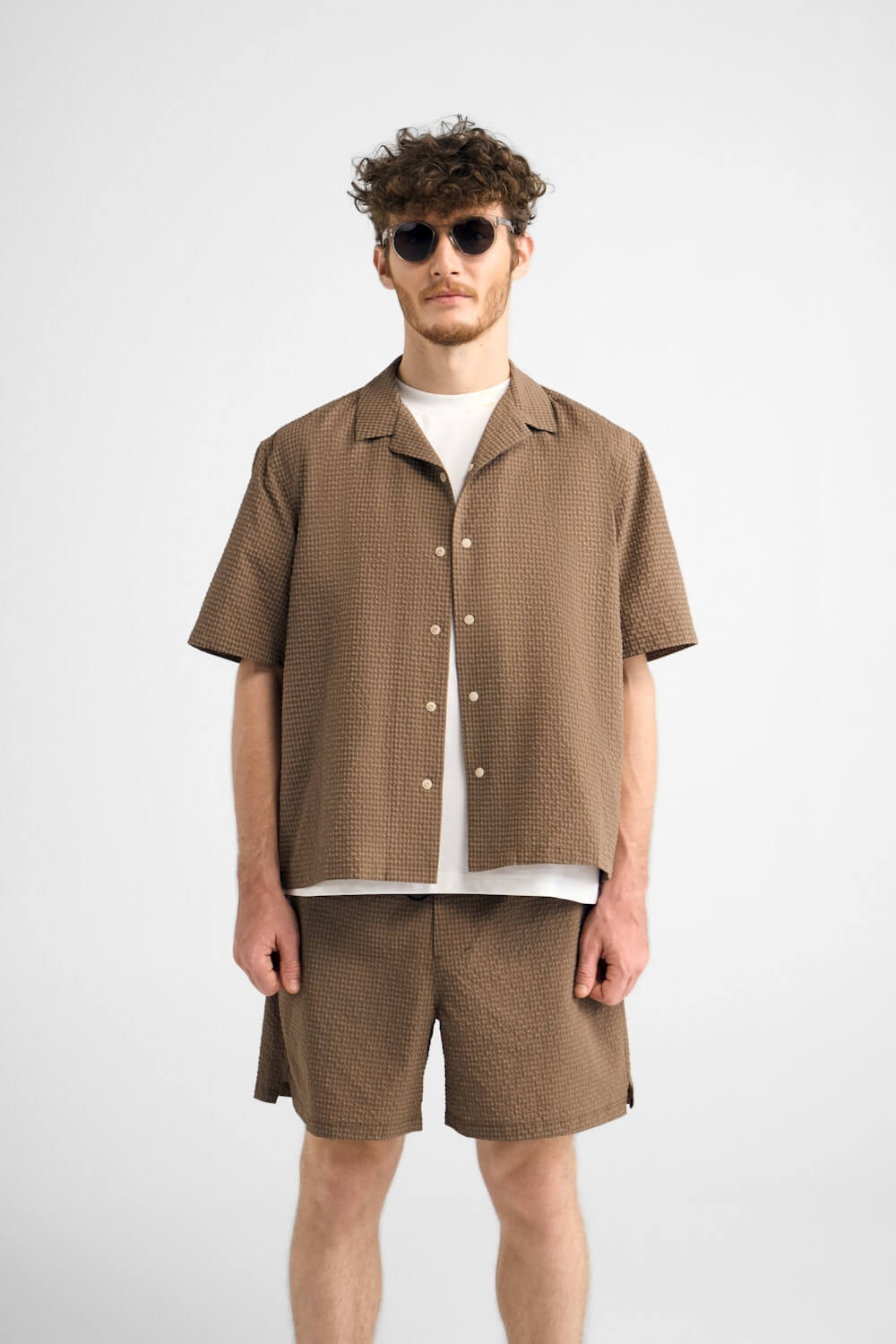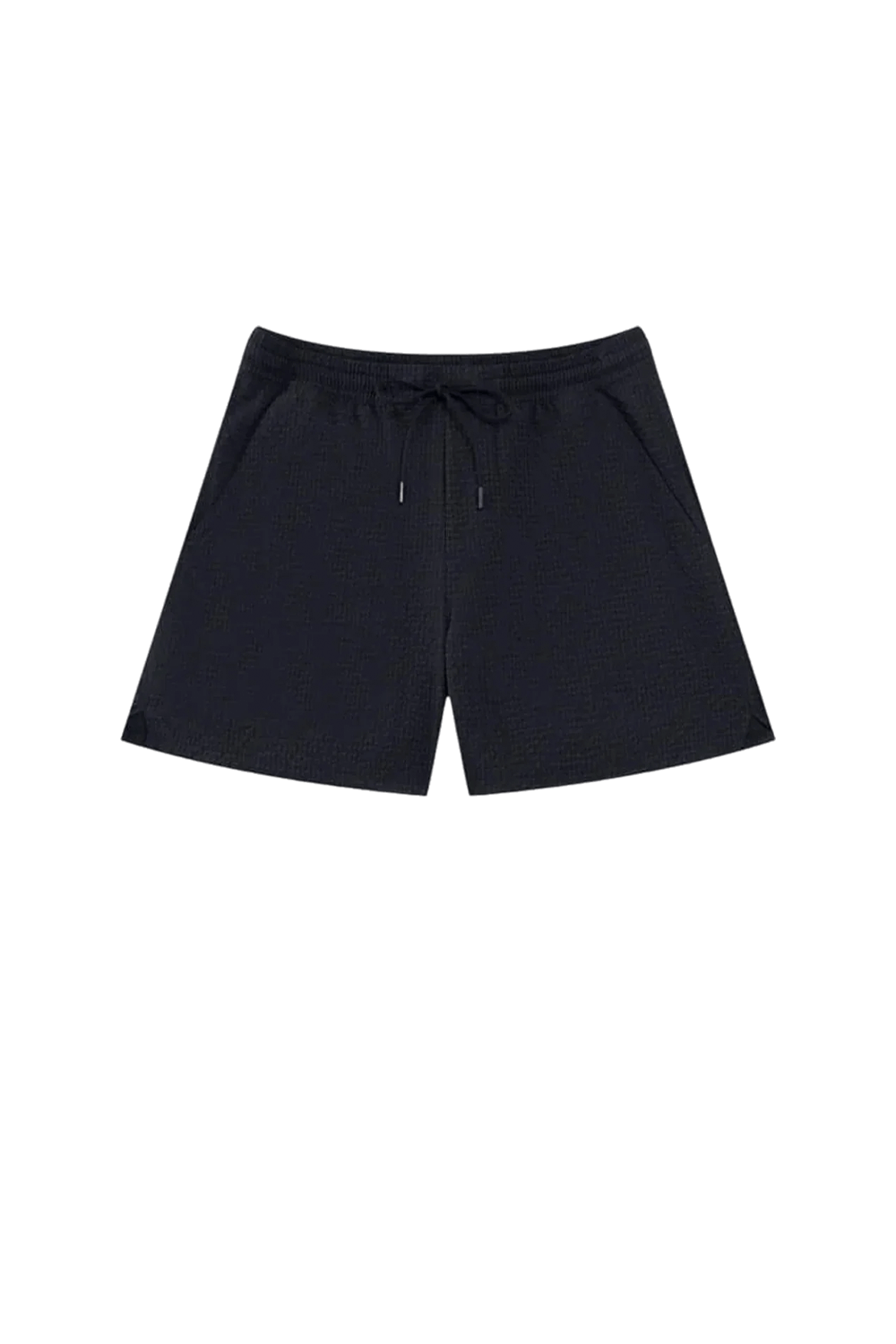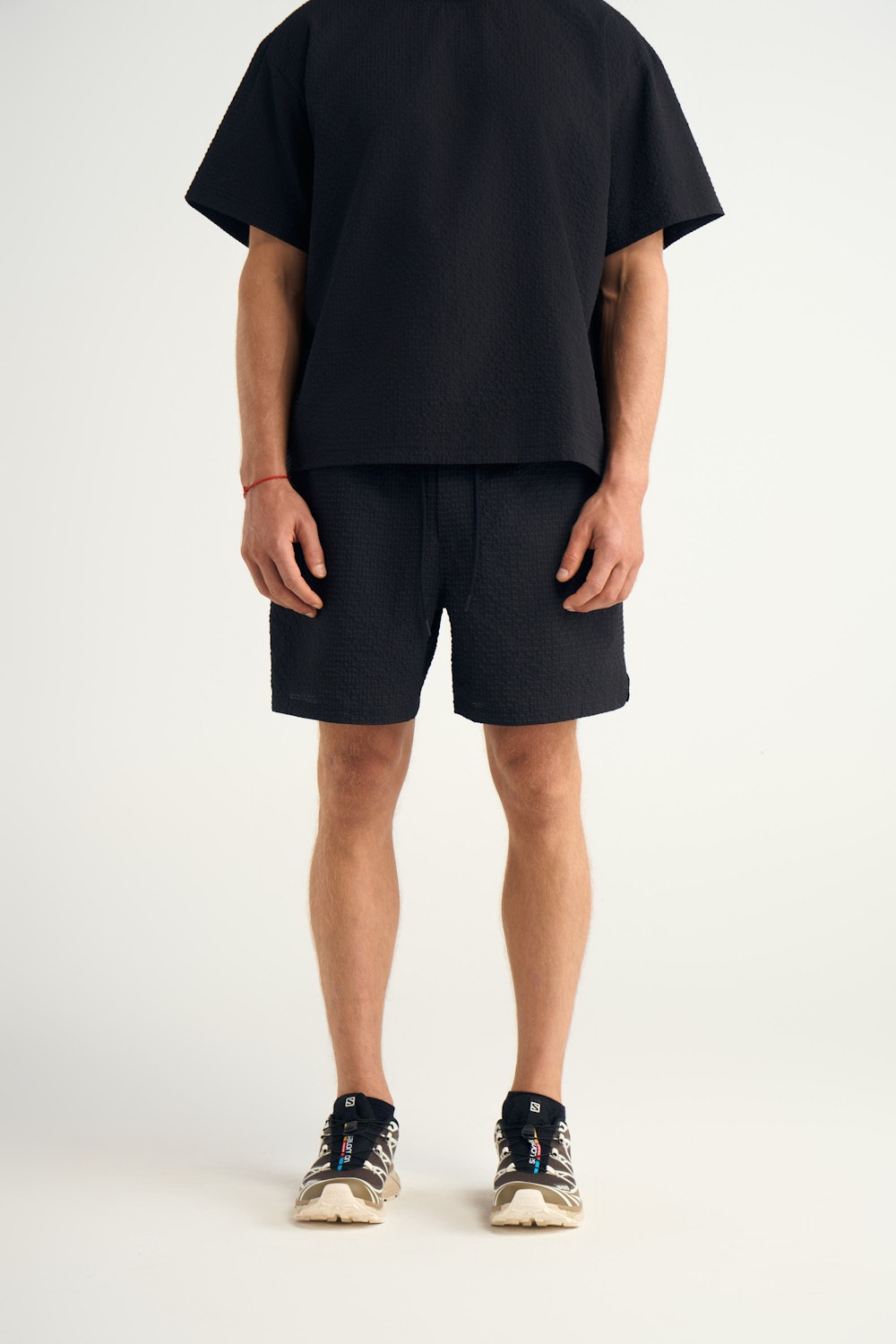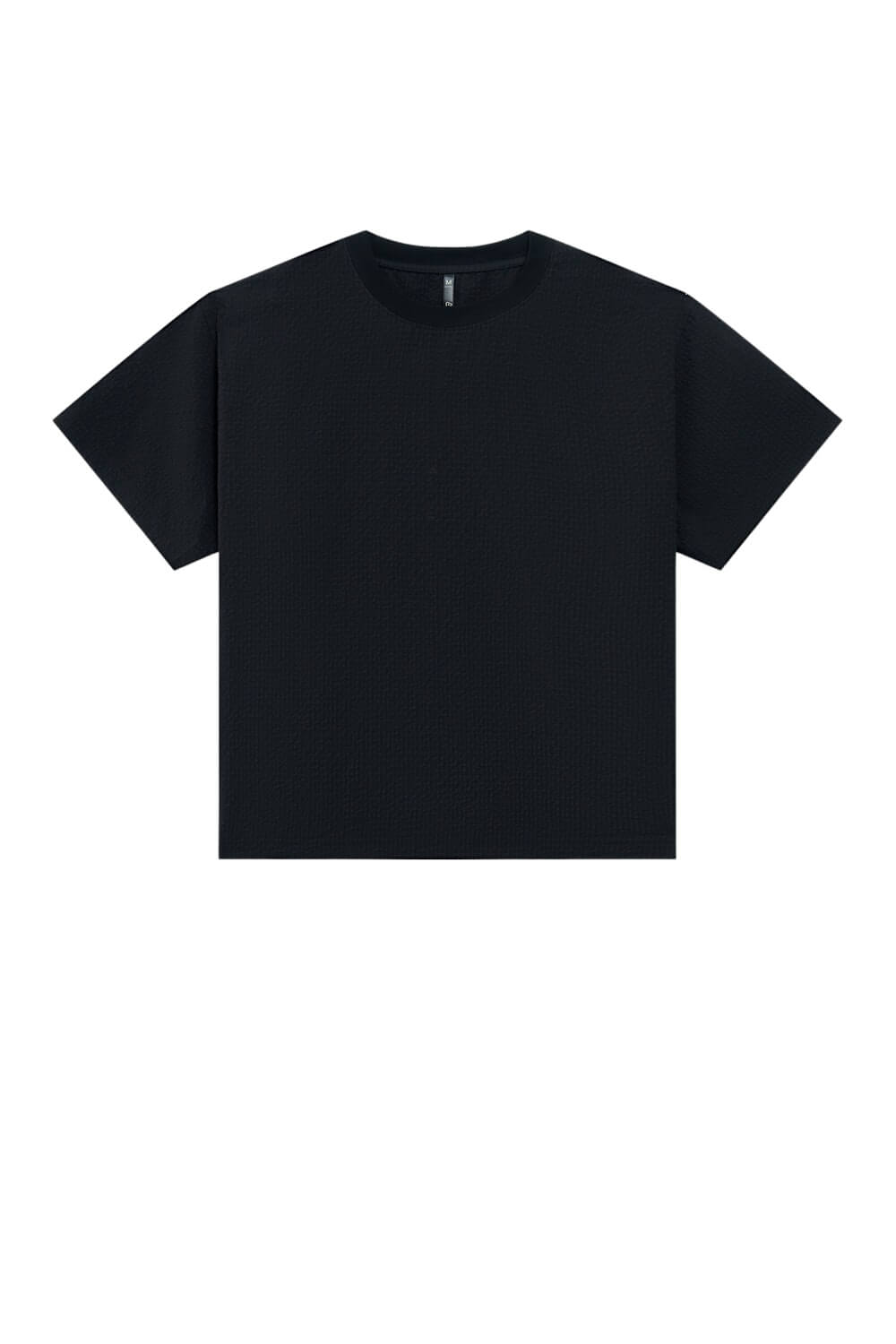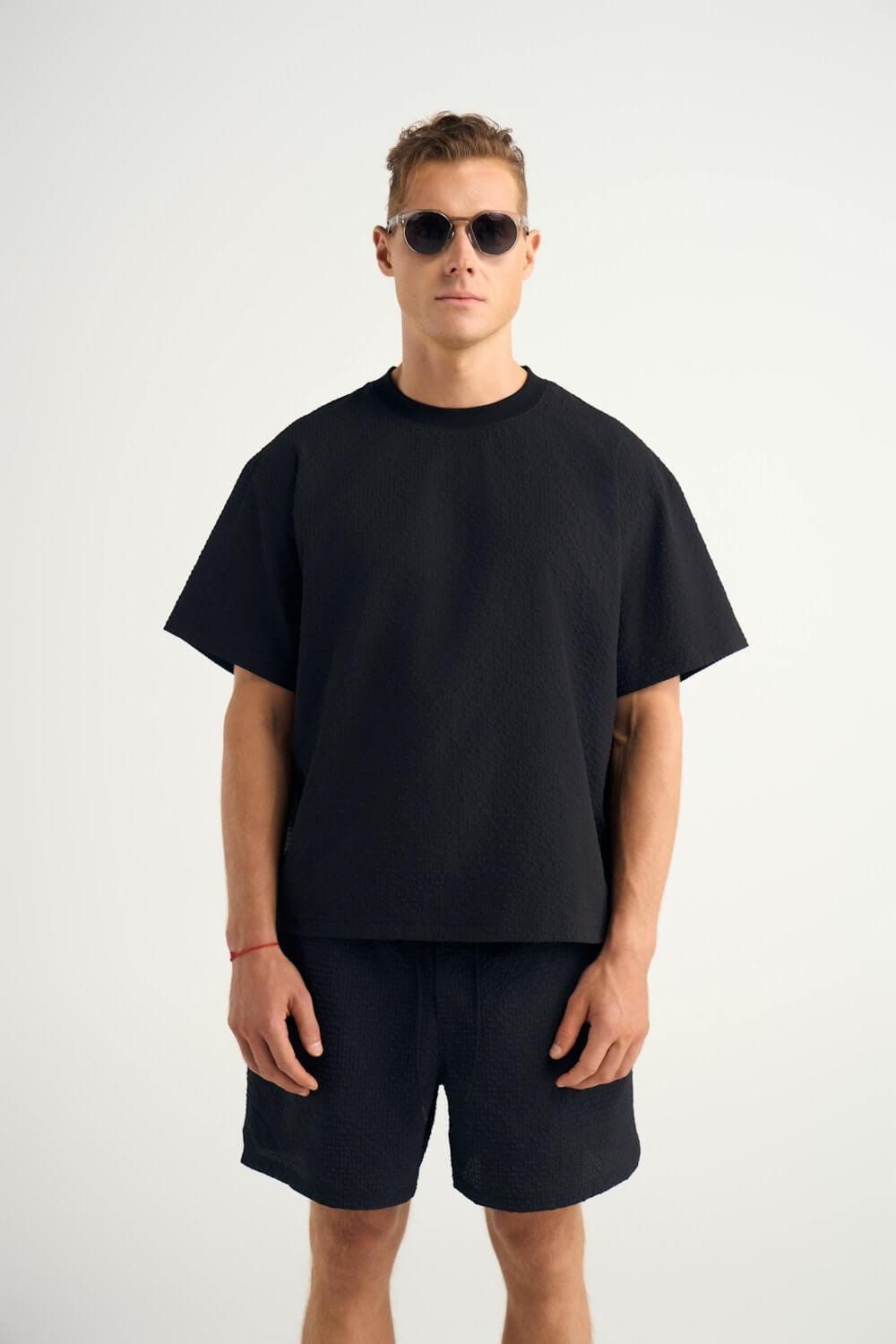Alaska isn’t the kind of place you pack for lightly, and we don’t mean that in the overstuffed suitcase way. With weather that changes by the hour and landscapes that stretch from the moss-draped trails of the Tongass National Forest to the icy sprawl of Matanuska Glacier, figuring out what to wear is all about staying ready for whatever the day brings. The answer? Quiet layers for bold landscapes, versatile pieces that breathe, insulate, and shed rain without weighing you down. It’s not about dressing for adventure, but about dressing so you can have one.

How to Dress in Alaska: TL;DR
Let’s start with the essentials. What do people wear in Alaska? The answer depends on where you're standing and what the sky looks like, but one thing’s constant: Alaska style is all about quiet function. The terrain is bold, the weather moody, and your wardrobe needs to flex with both.
Think purposeful layers, performance fabrics, and just enough edge to keep things sharp without ever trying too hard. Here's how to pack wisely, dress intuitively, and stay comfortable in Alaska.
Keep It Simple, Keep It Smart
Locals aren’t interested in trends, more in staying dry and warm. Alaska style leans practical, built around pieces that work hard and wear well. Neutral tones, versatile silhouettes, and repeat-friendly outfits are the way to go. Rewearing is the norm, not the exception.
Rain is a Given
Much of coastal Alaska is technically a rainforest, so even sunny days carry a sense of unpredictability. Bring a lightweight, breathable rain jacket with a hood, and for adventure days (hikes, boat tours, waterfall visits), consider packable rain pants. Umbrellas? Leave them behind, because the wind has other plans.
Layer Quietly, Layer Often
Alaskan weather is a shapeshifter. Locals swear by the “dress like an onion” rule: build your outfit in layers you can add or shed as the day evolves. Moisture-wicking tees, merino long sleeves, lightweight fleece, and an insulated vest are your best friends.
The Right Fabrics for the Wild
Forget pure cotton as it holds moisture and chills you fast. Instead, opt for quick-dry synthetics, merino wool, and stretch wovens that handle rain, resist odor, and move with you. The weather here rewards smart fabric choices.
Small Details That Matter
It’s the little things that make or break your day outdoors.
- Waterproof hiking shoes or boots — especially for trails and town walks
- Wool or Smartwool socks — keep feet warm and dry
- Warm hat and gloves — even in summer, for glacier zones or windy decks
- Sun hat or cap — yes, the sun shows up, and it reflects off water and ice
- A good attitude — the weather writes its own script up here
Next, we’ll break it down by season, starting with Alaska’s unique summer: long daylight hours, cool, misty mornings, and wild landscapes that ask for gear that can keep up.
What to Wear in Alaska for Summer
Summer in Alaska is short, stunning, and never quite predictable. Temperatures can range from the mid-40s°F in the early morning to the upper 60s or even low 70s°F by afternoon, especially inland. But near the coast or on a glacier, it can feel much colder, even in July. Long daylight hours invite spontaneous hikes, whale-watching excursions, and lingering trail walks late into the evening. But even on the sunniest days, cool breezes, glacial air, and surprise rain showers are part of the rhythm. Here’s what earned a spot in our bags and kept us comfortable from port towns to mountain passes.
- 2–3 Lightweight T-Shirts: Breathable, odor-resistant, and soft enough to wear for days on the move. These are your base layers for every kind of Alaska summer day. Our go-to rotation includes the Limitless Merino Wool Polo Shirt and the X Cotton Tee, the latter’s blended fabric of the last one makes it ideal for Alaska’s mix of mist, sweat, and sunshine. Both handle heat, moisture, and movement without losing shape, and look just as good on a trail as they do at a roadside espresso stand.

- 1–2 Long-Sleeve Shirts: The Merino Long Sleeve Tee layers effortlessly and keeps you cool when needed. On sunnier days, we reached for the Session Sun Hoodie, a lightweight, breathable, and built to block UV without overheating, it became our go-to for hikes above the treeline and kayak paddles under the midnight sun.

- 1 Lightweight Insulated Vest or Light Jacket: Don’t skip this layer. A vest like the AirLoft Vest adds just enough core warmth without bulk, perfect for misty mornings by the bay or shaded trail switchbacks. Packs down small, wears well over tees or under a shell, and earns its spot in your daypack every time.

- 1 Fleece or Midlayer: For when the wind picks up or the boat ride turns brisk. The Venture Zip Hoodie, made from waffle fabric, is our pick here. It’s UV-protected, zippered, breathable, and warm without overheating, and easy to take off when the weather shifts.

- 1 Dressier Short-Sleeve Shirt Option: If you're planning a nicer dinner in Juneau or Anchorage, pack one elevated top, such as Limiteless Merino Wool Short-Sleeve Button-Down, which gives you that put-together look without sacrificing comfort and breathability. Alaska’s vibe is casual, but not sloppy, and one refined layer can go a long way.

- 1 Waterproof Jacket: Non-negotiable. Rain happens often and unexpectedly. Look for something breathable and packable, such as our Meta Shell.
- 1–2 Pairs of Quick-Dry Pants: Ditch the jeans. Go for lightweight, water-resistant hiking or travel pants. We wore the Evolution Pants for everything. Available in both Slim and Classic fit, they shed mist, packed light, and looked sharp even after a few days on the road.

- Waterproof Hiking Shoes or Boots: Whether you're hiking to a glacier or navigating wet sidewalks, your feet need protection.
- 5-6 Pairs of Wool Socks: Cold, wet socks can ruin your day. We stuck to Merino blends for comfort and quick drying, especially after rainy hikes.
- Cap: The Shift Hat’s wide brim keeps sun and drizzle off your face.

-
Pro tip: Bring a small daypack that will carry your jacket, backup layer, and snacks, plus leave room for essentials like bug spray and sun protection. Alaska’s mosquitoes are relentless, and the high-latitude sun doesn’t play around.
Whether you’re chasing blue skies or drifting fog, Alaska in summer teaches you to dress with flexibility and curiosity. Up next, let’s talk fall and spring, when the landscapes get quieter, but the packing game gets trickier.

What to Wear in Alaska for Fall & Spring (September–October & April–May)
Fall and spring in Alaska are shoulder seasons in name, but don’t let that fool you, as they come with their own rhythm, beauty, and unpredictability. You might wake up to 35°F and low, moody fog, spend midday hiking in 50°F sunshine, and end your evening watching a snow flurry roll in over the mountains. Rain is frequent, especially in Southeast Alaska, and higher elevations can still hold snow well into May (or see it return by October). Layers are your lifeline for chasing fall color in Denali and spring blooms near Haines:
- Merino Base Layers: Your first layer matters most. We relied on the Merino Long Sleeve tee and Merino bottoms for colder months as a daily base.
- 2-3 Midlayers: Long-Sleeve Shirts or Light Sweaters: Build a cozy, adaptable middle layer with breathable long sleeves or refined performance knits. On colder days, we reached for the Venture Crew; on warmer ones, a long-sleeve cotton Henley added just the right amount of texture and warmth under a jacket.

- Dressy Shirt: Even in laid-back Alaska, a slightly elevated option goes a long way. The Limitless Shirt is temperature-regulating, wrinkle-resistant, and refined enough for dinner in Juneau without ever feeling overdressed.

- Insulated Jacket: You’ll want something that holds warmth without overheating. Lightweight, compact, and always in reach.
- Waterproof Shell or Rain Jacket: Don’t let a clear morning fool you. A waterproof, wind-resistant shell is non-negotiable. When the drizzle kicked in mid-hike or the wind started whipping along the coast, having a rain layer in our pack made all the difference.

- Quick-Dry Pants: From muddy trails to soggy sidewalks, you need pants that can handle the mess. We alternated between the Evolution Pant (Classic fit) and the Diversion Pant (Slim fit). They are both quick-drying, water-resistant, and sharp enough to blend in at a small-town brewery after a long day outside. On colder days, add a thermal layer underneath and never miss the jeans we left at home.

- Wool Hat & Gloves: Essential, even in spring. The cold feels sharper when it’s damp, and gloves + beanie were always in our daypacks.
- Waterproof Boots or Shoes: Whether you’re hiking in the Tongass or walking a rain-slicked dock in Homer, you’ll want sturdy, waterproof footwear with good grip. Traction and warmth matter more than looks.
-
5-7 Pairs of Wool Socks: Just bring extra. Damp weather has a way of finding your feet.
Fall and spring in Alaska have a quiet magic to them with fewer crowds, golden landscapes, and a mood that feels both raw and reflective. Bring versatile pieces that layer easily, shed moisture, and make you feel ready for whatever weather rolls in. Because it will. And if you’re heading north for a true winter adventure, here’s what to pack and wear in Alaska when the temps really drop.

What to Wear in Alaska for Men: Winter (November–March)
Winter in Alaska doesn’t just arrive, but it settles in and stays. In interior regions like Fairbanks, temperatures regularly plunge to -20°F or colder, with the occasional cold snap reaching -40°F. Coastal areas like Anchorage and Juneau are more forgiving, hovering between 15°F and 30°F, but often feel colder thanks to damp air and steady wind. But that doesn’t mean you have to stay indoors. With the right clothing, you can hike frozen trails, ride dog sleds, or stay up late watching the aurora without freezing through your base layer. What to wear in Alaska in winter comes down to smart layering, breathable insulation, and gear that works with the cold, not against it. Here's how we did it.
- Thermal Base Layers: Your first line of defense. We swear by merino — soft, moisture-wicking, and never clammy. The Merino Long Sleeve kept us cozy under every jacket without overheating when we ducked into warm shops or lodges.
- 2-3 Midlayers: An insulated layer or thick fleece adds serious warmth between your base and outer shell. We packed the Venture Hoodie and Venture Sweater — both offered just the right amount of insulation for hikes, town strolls, or slow ferry mornings. Worn under an insulated jacket, they layer cleanly without overheating or bulking up your pack. Just ideal.

- Insulated Winter Jacket: Go with a down or synthetic-filled jacket rated for low temps. If yours isn’t waterproof, you’ll need a shell over it. A parka-length cut with good hood coverage is key.
- 2 Pairs of Cold-Weather Pants: Bring two reliable pairs. First, the Diversion Pants in Classic fit, which are water-resistant, subtly structured, and warm enough to handle snowy sidewalks, chilly drives, or dinner in a cabin town. Then, add one winter-ready pair built specifically for icy hikes or water-based adventures. Think lined, insulated, or shell-style pants that can take on slush, snow, and spray.

- Insulated, Waterproof Boots: Your feet will thank you. Look for boots rated for sub-zero temps with thick, grippy soles. We wore ours daily — from snowy boardwalks in Homer to crunching across frozen trails in Denali.
- 6–7 pairs of Wool Socks (Multiple Pairs): Thick, breathable, and warm even when damp. We rotated a few pairs of Merino Wool socks with compression wool socks.
- Hat, Gloves, Scarf, or Neck Gaiter: A warm beanie is a must. For gloves, go with a two-layer system: thin liners for dexterity, plus thicker mittens on top. A neck gaiter was surprisingly clutch on windy days.

-
Pro Tip: Hand & Toe Warmers (Optional but Nice): We tossed a few in our daypacks for aurora nights and long, still hikes.
Skip the jeans, fashion pieces, and “just-in-case” extras if it doesn’t keep you warm, dry, or comfortable; they’re just extra weight. Winter in Alaska isn’t about braving the cold, but being ready for it.

What to Pack for Alaska (Besides Clothing)
Now, when the clothing part is done, what other gear should you pack? You don’t need to bring much, but what you do pack should earn its spot. Here are the essentials we found ourselves reaching for again and again:
- Daypack: Lightweight, water-resistant, and roomy enough for extra layers, snacks, a water bottle, and a camera. Bonus if it has a chest strap for hikes.
- Bug Spray: An Absolute must from late spring through summer. Mosquitoes are legendary here, especially in wetlands and forests.
- Sunscreen + Lip Balm with SPF: Even on overcast days, UV rays bounce off snow, water, and ice. Protect your face and lips — you’ll thank yourself after a glacier hike.
- Reusable Water Bottle: Hydration matters more than you think, especially when you’re active in cooler temps. Opt for an insulated bottle to keep drinks warm or cold all day.
- Headlamp or Small Flashlight: Winter means limited daylight, and even summer hikes or late ferry rides can run past sunset. Hands-free light is surprisingly handy.
- Phone Dry Bag or Waterproof Pouch: Between rain, mist, and boat spray, this one’s worth tossing in your pack.
-
Portable Power Bank: Cold temps drain phone batteries fast. A backup charger keeps your maps, camera, and aurora forecast apps running.
Alaska rewards functional, weather-ready packing and punishes anything high-maintenance or bulky. Dress to move, dress to stay dry, and you’ll stay warm enough to chase the aurora, hike frozen valleys, and still grab coffee in town without needing a full gear change.

Final Thoughts: Alaska Wears You In
Alaska invites you in, slowly, deeply, and all at once. The landscapes are wild, the weather honest, and the rhythm slower in the best way. What you wear shapes how you move through it all, from tide-soaked boardwalks to windblown lookouts where silence carries more weight than signal bars. Pack quiet layers. Leave space for wonder. And trust that the less you bring, the more you’ll come back with.
Images Source: Unsplash

